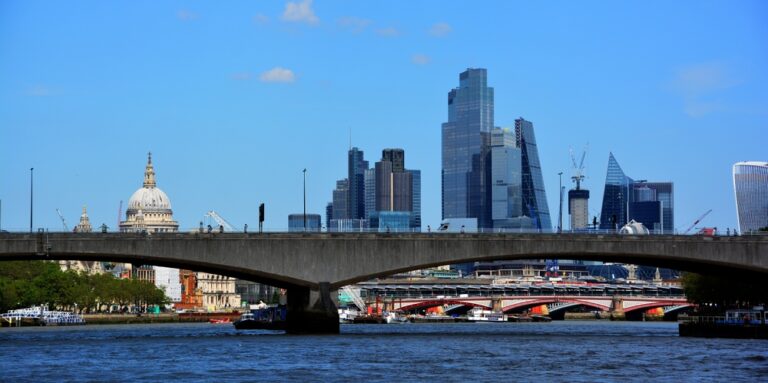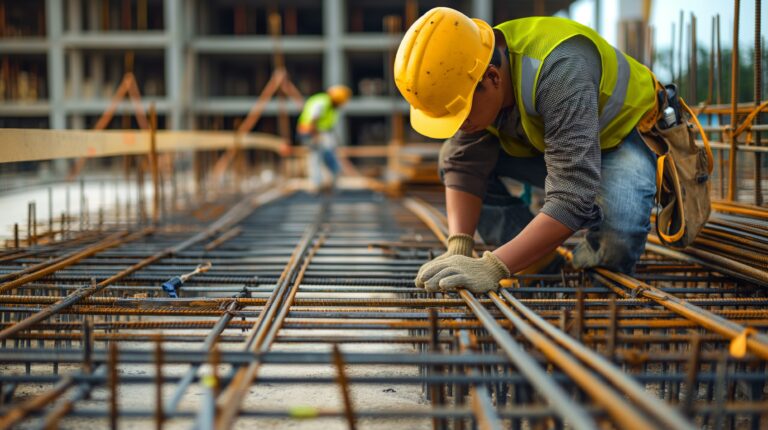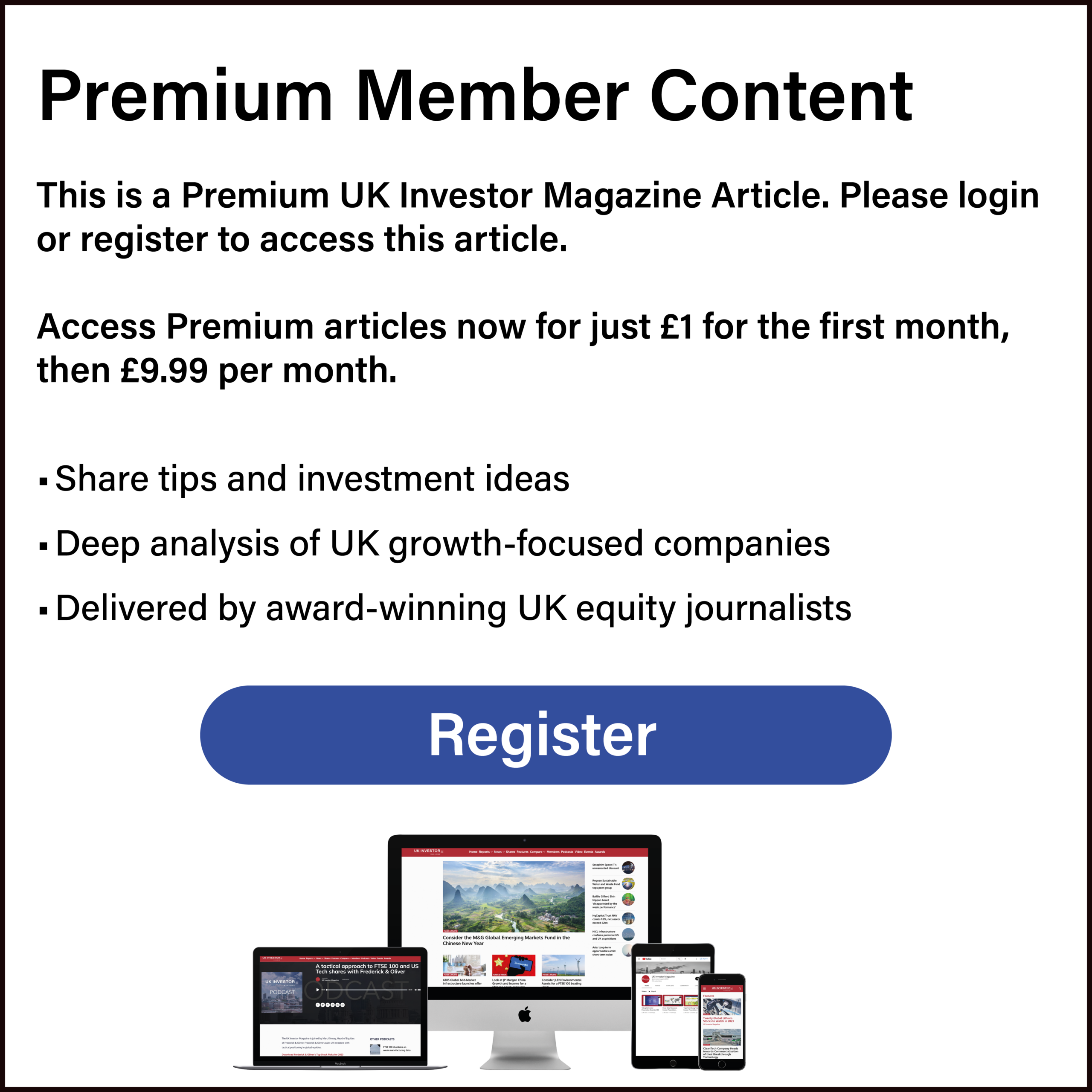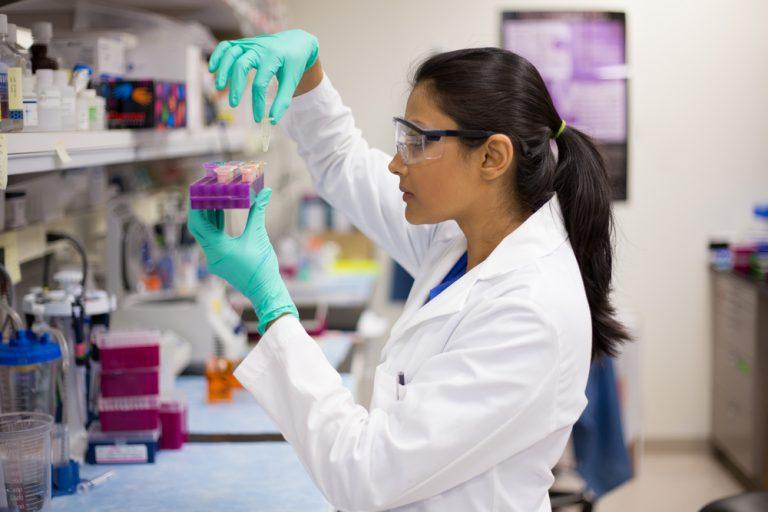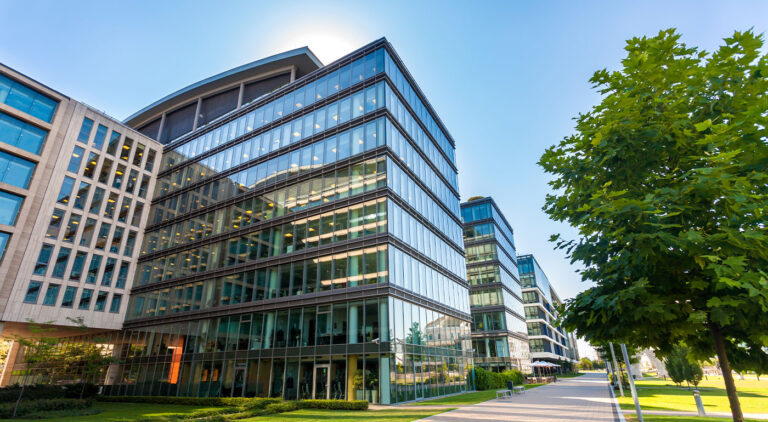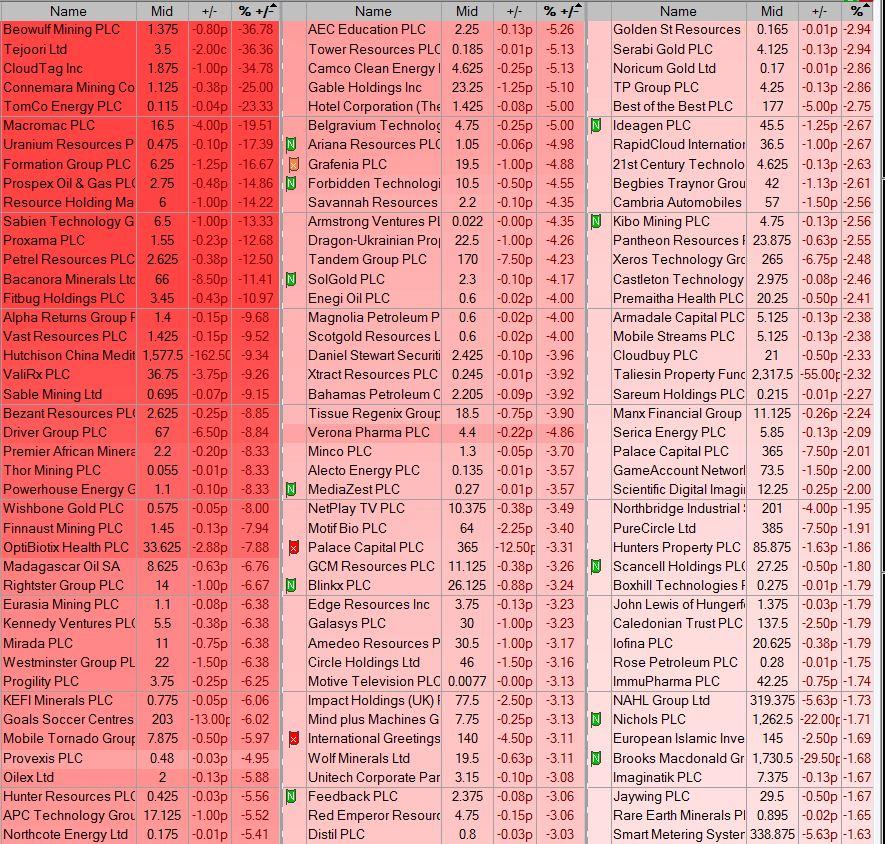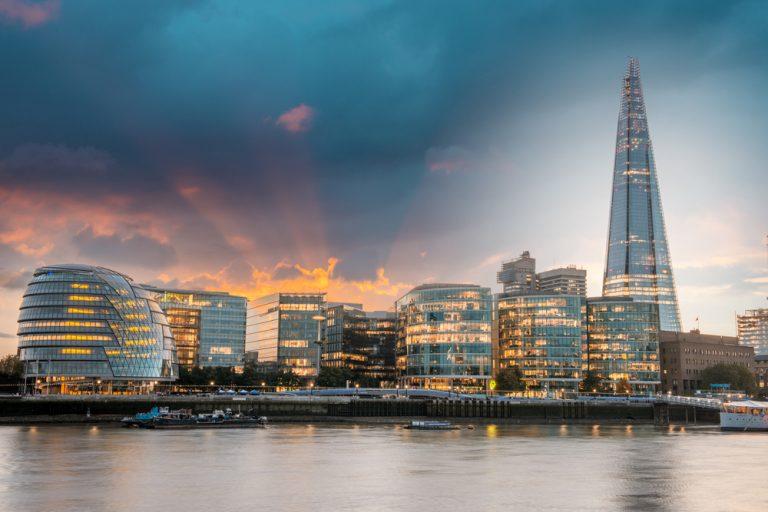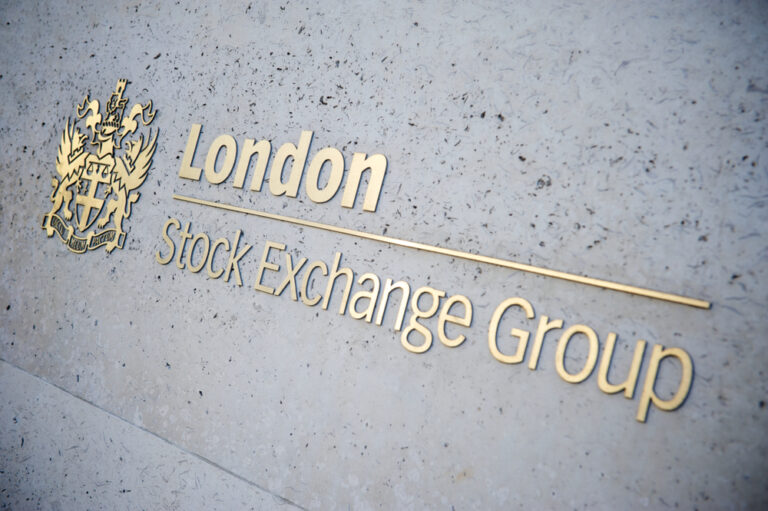N4 Pharma (LON: N4P) along with its partner SRI has achieved precision targeting of the Nuvec gene delivery system. A targeting molecule bound with a cell surface adhesion molecule. siRNA payloads were successfully delivered. This strengthens the potential of the Nuvec platform. The share price is 50% higher at 0.75p.
Online gaming marketing provider B90 (LON: B90) reported improved interims with a continuing increase in momentum. AI is helping to generate high quality leads for lower cost. Interim revenues were 75% ahead at €2.4m and the loss was slashed to €40,000. July and August were each record breaking months. Zeus has raised its full yea pre-tax profit forecast from €1m to €1.1m, with €1.6m expected for 2026. Net cash could be €1.1m at the end of 2025 and double one year later. The share price increased 12.2% to 4.15p.
Nortrust Nominees has raised its stake in oil and gas company Empyrean Energy (LON: EME) from 4.4% to 5.23%. The share price rose 11.1% to 0.06p.
EMV Capital (LON: EMVC) is acquiring assets relating to the XF drug platform from Destiny Pharma via a subsidiary for up to £2.475m. The XF platform reduces the chance of bacteria becoming resistant to antibiotics. The initial consideration is £475,000 and the rest depends on the launching of a phase 3 study in the US and regulatory approval, plus receipt of a potential milestone fee relating to a Hong Kong agreement. The deal is funded by a three-year term loan with 100% warrant coverage. EMV Capital has led an EIS fundraising to provide working capital of £725,000. EMV Capital will own a 43.8% undiluted stake in the acquisition vehicle. Third party assets under management will have a value of £1.3m. The share price improved 8.33% to 45.5p.
FALLERS
WH Ireland (LON: WHI) has agreed the conditional disposal of its wealth management business to Aquis-quoted Oberon Investments (LON: OBE) for £1m, plus the assumption of contract liabilities. The business is loss making and there have been talks with other potential buyers. The group lost £1.9m last year and revenues are falling. WH Ireland will not have an operating business and plans to leave AIM if approved by shareholders. The company will be wound down. The share price slumped 80.4% to 0.45p.
Power generator OPG Power Ventures (LON: OPG) has been hit by a rise in goods and services tax on coal from 5% to 18%. This starts on 22 September. This will increase annual costs by £2.5m. Last year’s pre-tax profit was £5.2m. The share price declined 18.1% to 5.9p.
Acuity RM Group (LON: ACRM) is raising £350,000 at 1p/share. The software company will use the proceeds for working capital. The share price fell 14.6% to 1.025p.
There is yet to be a significant recovery for groundworks company Van Elle (LON: VANL). Spending constraints and delays in building safety approvals mean that volumes remain weak. Utilisation levels are important for profitability. The 2025-26 pre-tax profit forecast has been halved to £3m. The share price dipped 10.8% to 33p.

